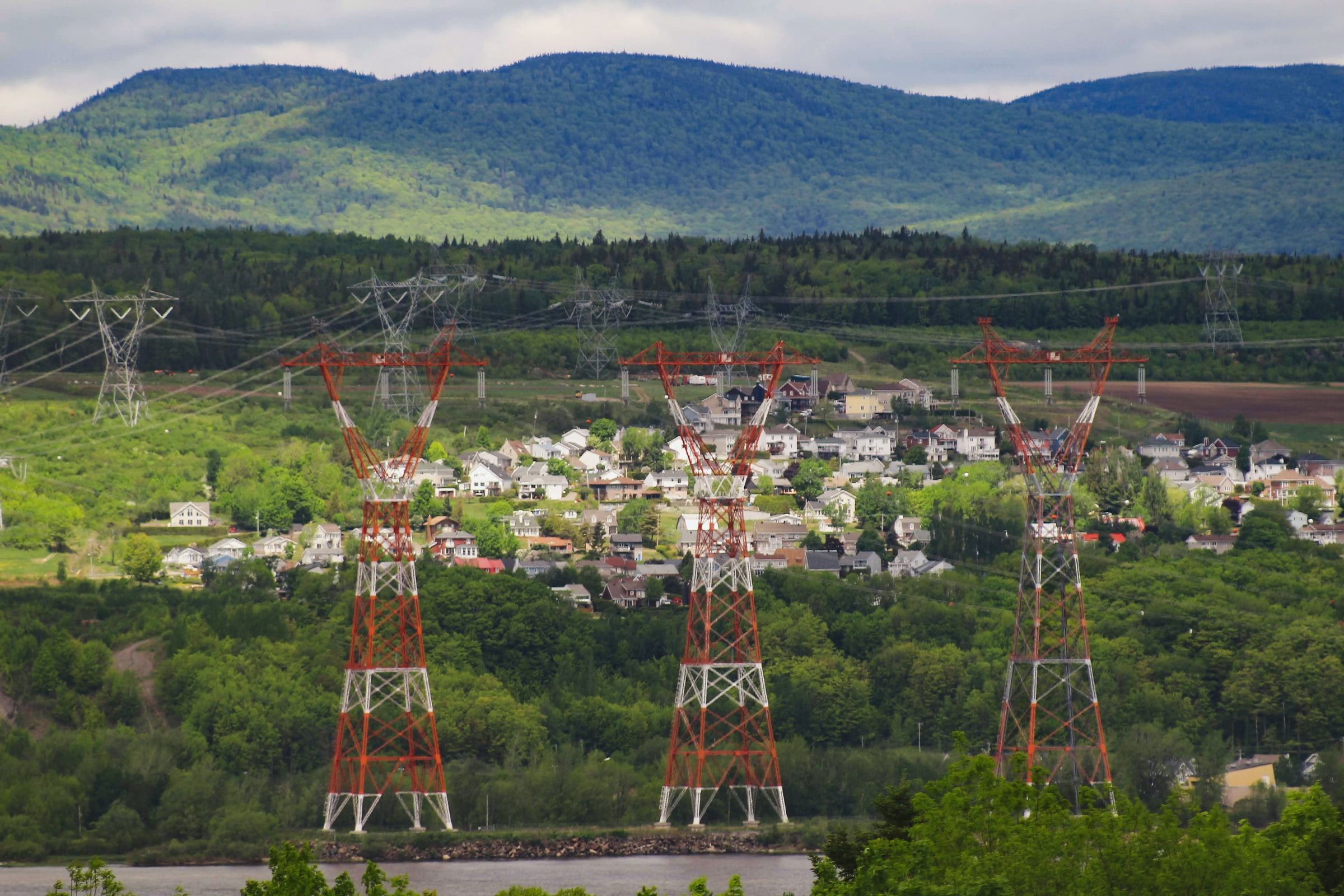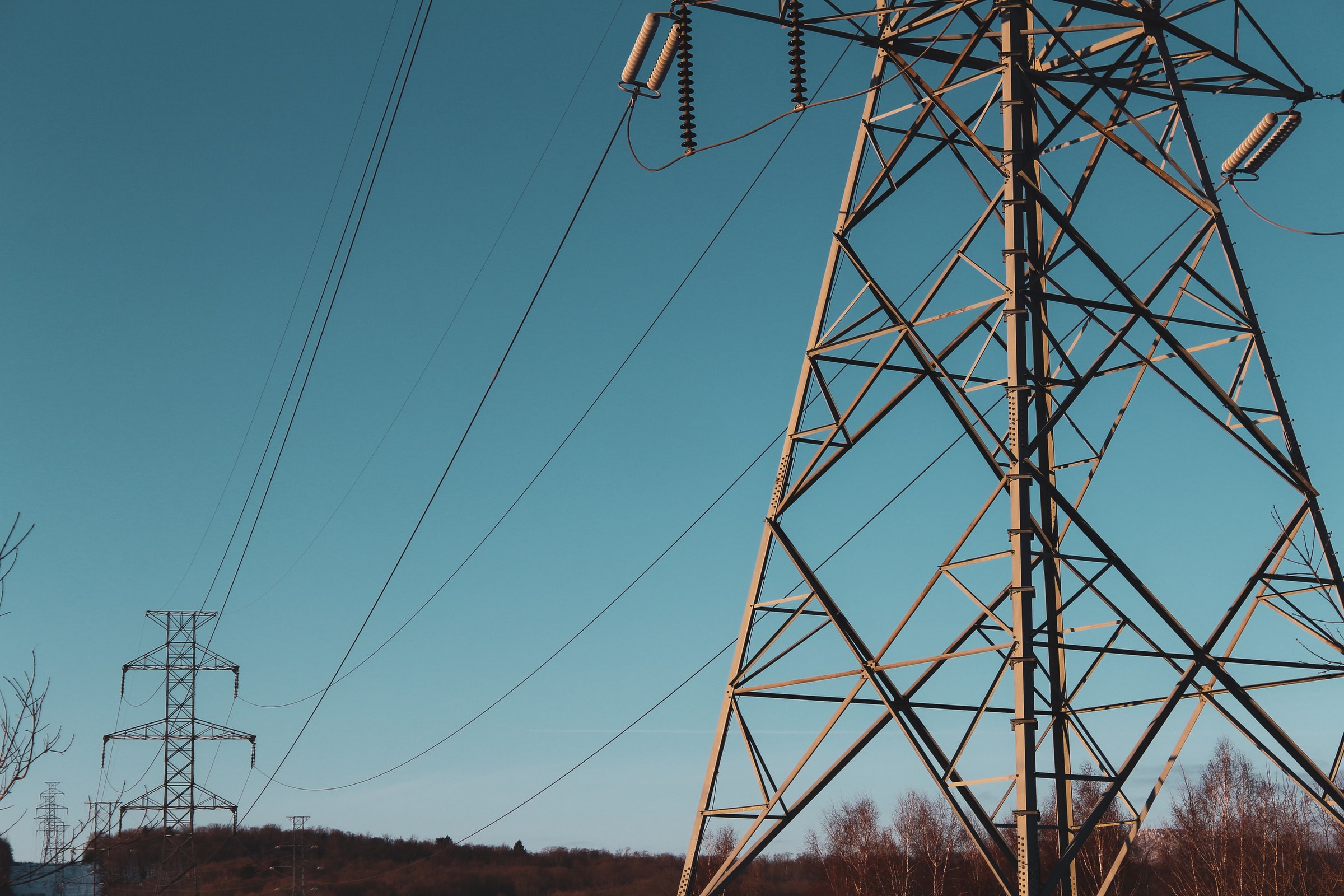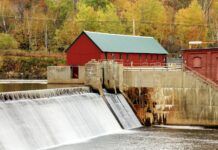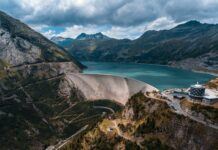Hydropower is a renewable energy source. Hydroelectric power plants generate electricity using the kinetic energy of flowing water.
The flowing water in the river becomes a source of energy and is used to produce electricity through dams, turbines and tidal streams. Hydropower has a high degree of efficiency and converts 90% of hydropower into usable energy.
About 16% of the world’s demand for electricity is covered by hydropower, which is slightly more than nuclear energy (15%).
Effective Raw Material
It is an effective and very efficient raw material, and the developing technology. It will make it possible to more and more effectively reduce the effects of the construction of hydropower plants on the natural environment.
The key to increasing the chances of success in terms of strengthening the role of hydropower is to reduce the costs of obtaining it (construction of a hydropower plant) – both on a global and local level. The development of technology for producing electricity from the power of sea currents and tides is also important. Hydropower has potential – it is enough to transfer it to the right actions.
How Does A Hydropower Plant Work?
The operation of hydropower plants depends on their type. However, as a rule, it is based on the use of the kinetic energy of flowing water. The principle of operation of a hydroelectric power plant is simple and consists of damaging water with the use of various types of dams. The water thus dammed up has an outlet in the form of pipes and at high speed it goes to the turbine, causing its blades to rotate.
Kinetic energy is thus converted into mechanical energy. Then it goes to the generator, which transforms it into electricity. The next and last element of the entire process of electricity production in a hydropower plant. It is the transfer of the generated electricity to the power grid.
There are several types of hydroelectric power stations. The division is related not only to the technique of obtaining energy, but above all it results from the source. Sometimes it will be a flowing river, sometimes an artificial dam, and another time sea waves.
Therefore, hydropower is divided into:
- run-of-river power plants – using the power of flowing rivers, the most effective in places where there is a natural waterfall;
- dam / regulatory power plants – their operation is based on the construction of high dams, thanks to which it is possible to dam up the water; they are built near lakes or artificial water reservoirs;
- pumped storage power plants – enable the adjustment of energy production to the current demand – when the needs are smaller, water is pumped into a reservoir (natural or artificial lake) located at a height when energy demand increases, water is released and its energy generates electricity;
- tidal power plants – based on the energy of sea currents and tides, as well as regular changes in the water level in seas and oceans; is by far the least used method of obtaining electricity, mainly due to the high costs of infrastructure.
The construction of hydroelectric power plants also has effects not directly related to energy production itself. Due to the creation of dam systems and the regulation of river runs. In many cases damming has a positive effect on the hydrological balance of the country or region.







